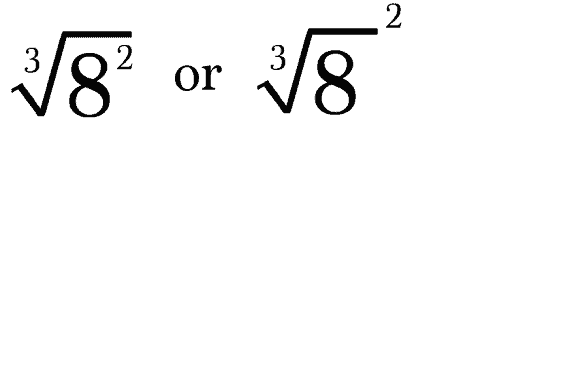A square root of a number can be defined as another number that multiplies by itself to get the number you are looking out for the square root. For example if you are looking for a square root of number x the you are looking for a number that will multiply itself to give you product x. For example the square root of 9 is 3 because when you multiply 3 by 3 you get 9. So the square root of 9 is 3. We can also say the root square of a number is
The square root of 4 is 2 because if you multiply 2 by 2 you get 4.

The square root of 16 is 4 meaning 4 by 4 is 16 but again you get 16+ by operating other numbers. For instance 8 multiply by 2 = 16. But we cannot call 8 or 2 the square roots of 16. Square roots are number by themselves. 5*5=25.
What is a perfect square?
A perfect square is the number you get when you multiply two equal numbers, is is expressed as the product of two equal integers.
For example:
7*7=49
49 is a perfect square because you’re multiplying two equal numbers (integers) 7 x 7
You can also write this as 7 raised to power 2
Here is a simple way to know if a number is a perfect square or not:
This is a simple trick to know a perfect number that if a number ends with 2, 3, 7, 8 at the unit place then that number is not a perfect square. Perfect squares end with 1, 4, 5, 6, 9 in the unit place. The vice versa is not possible. For example, 64 is a perfect square, whereas 23 is not.
Square root of 900
When number 9 is multiplied by 100 it results in 900, such as;
9 x 100 = 400
You know both 4 and 100 are the perfect squares. Hence, it is easy to find the root value of 900. Therefore,
√900 = √9 x √100 = 3 x 10 = 30
Hence, 20 is the answer.

To square number you multiply that number by itself. We said the square root of 16 is 4. Then the square of 4 is 16. So you can see that square is simply multiplying a number by itself. Like you can that the square of 6 is 36. And the square root of 36 is 6.
Square root of 90
90 is the multiple of 9 and 10. As we already know, the root of 9 is equal to 3 but what about number 10. Because 10 is not a perfect square thus we have to find the root of 10 using the long division method.
Hence, we can write,
Value of root 90 = √90 = √9 x √10 = 3 √10
Since the square root of √10 = 3.162
Hence, √90 = 3 x 3.162 = 9.486
Square roots can also be negatives of a number. For instance if you multiply -4 by -4 you get positive 16! -5*-5=25. Remember two negatives multiplied gives a positive number? It’s the fun in math.
However when this symbol √ is used it means give the positive square root that particular number. This means the √64 is not -8 but rather 8. √ is an old mathematical symbol for +ve square root and is called the radical.
We said square roots are products of a number squared. We can also have number with square root that has decimals.
√2.25 is 1.5
Integers can also be the s the squares of numbers with non-ending many digits after the decimal point. For instance the square root of 5 is 2.236067977 , If all the infinitely many further decimals not shown are chosen correctly!

Here are the squares of inters 1 up to 20
Number Square Root Value
1 1
2 1.414
3 1.732
4 2
5 2.236
6 2.449
7 2.646
8 2.828
9 3
10 3.162
11 3.317
12 3.464
13 3.606
14 3.742
15 3.873
16 4
17 4.123
18 4.243
19 4.359
20 4.472
